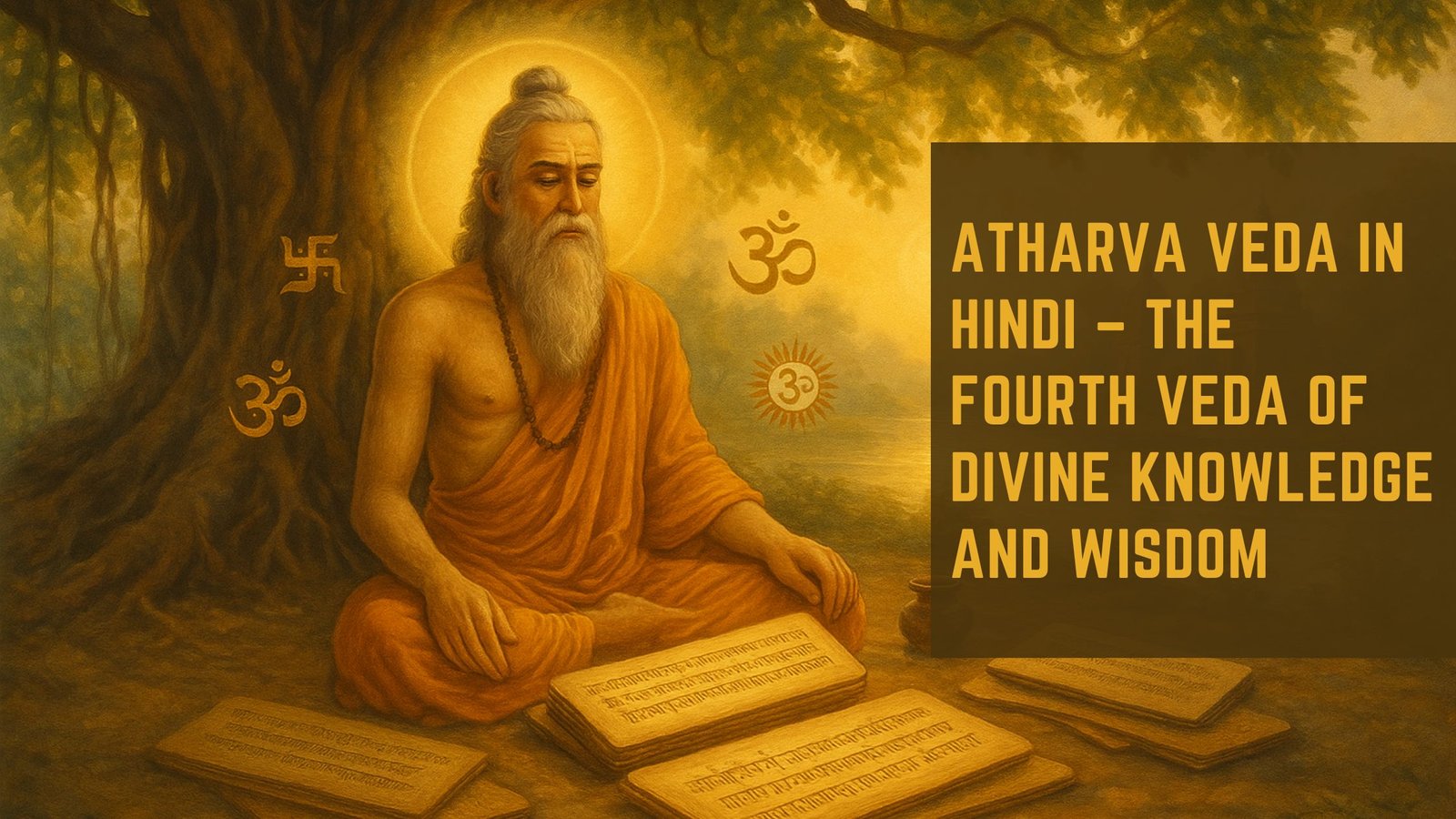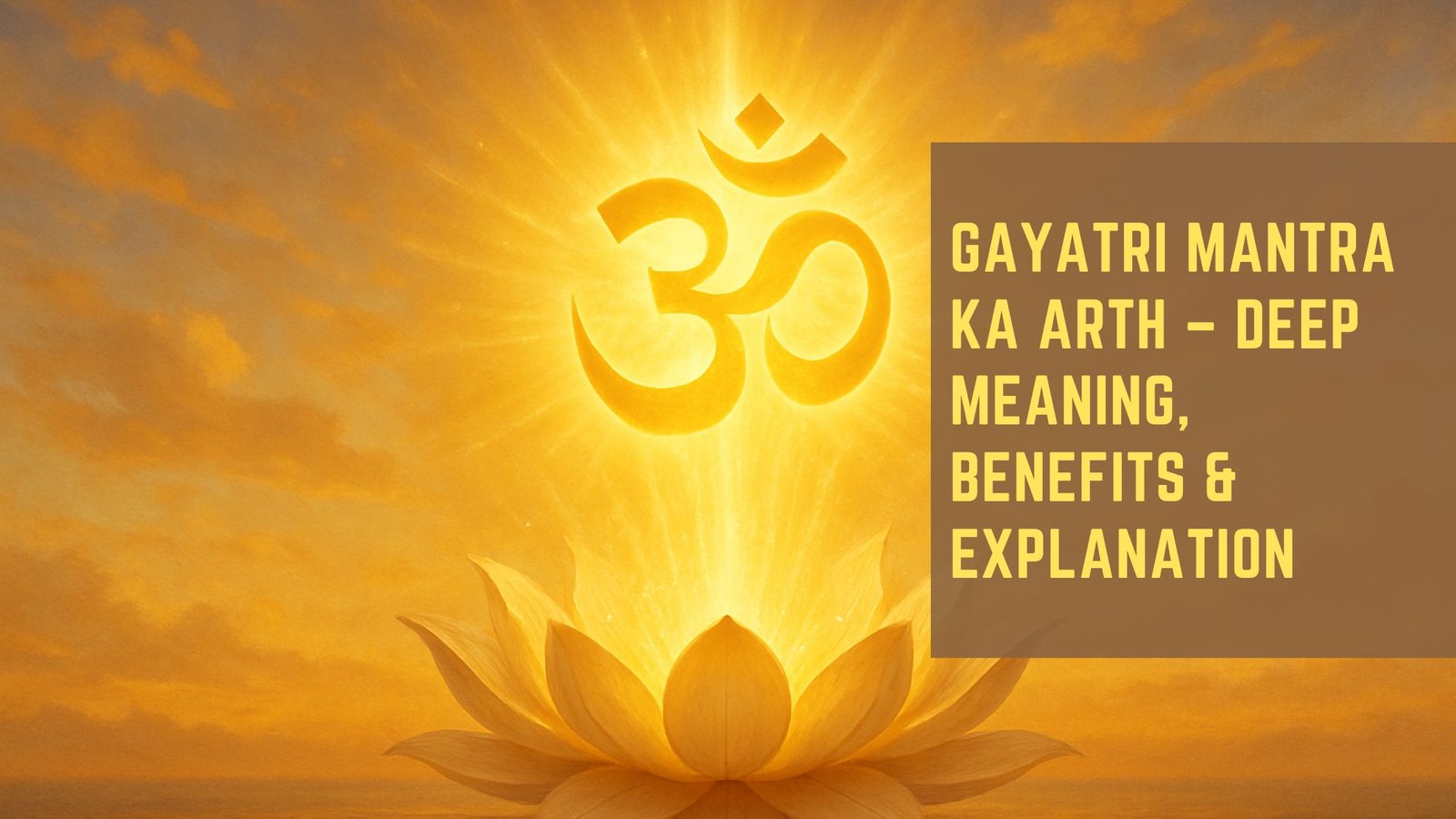The Bhagavad Gita, often referred to simply as the Gita, is a 700-verse Hindu scripture that is part of the Indian epic Mahabharata. It is a dialogue between Prince Arjuna and Lord Krishna, who serves as his charioteer. This sacred text is not merely a religious scripture; it is a philosophical treatise that addresses the moral and ethical dilemmas faced by individuals.
The Gita is set on the battlefield of Kurukshetra, where Arjuna is torn between his duty as a warrior and his moral qualms about fighting against his own relatives and teachers. This profound conversation unfolds in a context of war, yet it transcends the immediate circumstances to explore universal themes of duty, righteousness, and the nature of existence. The Gita has been revered for centuries, not only in India but across the globe, as it offers insights into the human condition and the complexities of life.
Its teachings have inspired countless individuals, from philosophers to leaders, and continue to resonate with those seeking guidance in their personal and spiritual journeys. The text encapsulates the essence of Hindu philosophy while also addressing broader existential questions that are relevant to all humanity. Through its exploration of duty, selflessness, and the nature of reality, the Bhagavad Gita remains a timeless source of wisdom.
Key Takeaways
- The Bhagavad Gita is a sacred Hindu scripture that is part of the Indian epic Mahabharata, and it is a conversation between Prince Arjuna and the god Krishna.
- Dharma, or duty, is a central concept in the Bhagavad Gita, and it emphasizes the importance of fulfilling one’s responsibilities and obligations in life.
- The Bhagavad Gita teaches the significance of selfless action, emphasizing the idea of performing one’s duties without attachment to the results.
- Understanding the nature of the self is a key theme in the Bhagavad Gita, which encourages individuals to recognize the eternal and unchanging aspect of the self beyond the physical body.
- The Bhagavad Gita provides guidance on overcoming adversity and inner conflict by cultivating inner strength, resilience, and a sense of detachment from the material world.
The Concept of Dharma in the Bhagavad Gita
Dharma, a central theme in the Bhagavad Gita, refers to the moral and ethical duties that govern an individual’s life. In the context of the Gita, it is not merely about following societal norms but understanding one’s unique role in the cosmic order. Arjuna’s initial reluctance to engage in battle stems from his confusion about his dharma as a warrior.
Lord Krishna elucidates that fulfilling one’s dharma is essential for maintaining harmony in the universe. Each individual has a specific duty based on their position in society, and neglecting this duty can lead to chaos and disorder. Krishna emphasizes that dharma is not static; it evolves with circumstances and personal growth.
The Gita teaches that one must act according to their inherent nature while also considering the greater good. This dynamic understanding of dharma encourages individuals to reflect on their responsibilities and make choices that align with their values and the welfare of others. By embracing their dharma, individuals contribute to a larger purpose, fostering balance and justice in the world around them.
The Importance of Selfless Action

One of the most profound teachings of the Bhagavad Gita is the concept of selfless action, or “karma yoga.” Krishna instructs Arjuna to perform his duties without attachment to the results. This principle advocates for action driven by a sense of duty rather than personal gain or desire for recognition. By focusing on the act itself rather than its outcomes, individuals can cultivate a sense of inner peace and fulfillment.
This approach liberates one from the anxieties associated with success or failure, allowing them to engage fully in their responsibilities. Selfless action fosters a spirit of service and compassion. When individuals act without selfish motives, they contribute positively to society and create an environment where collective well-being is prioritized over individual ambition.
The Gita teaches that true fulfillment comes from serving others and aligning one’s actions with higher ideals. This selflessness not only benefits those around them but also leads to personal growth and spiritual development. In a world often driven by competition and self-interest, the Gita’s emphasis on selfless action serves as a powerful reminder of the importance of altruism.
Understanding the Nature of the Self
| Aspect | Metric |
|---|---|
| Self-awareness | Level of introspection |
| Self-identity | Clarity of personal values and beliefs |
| Self-esteem | Self-evaluation and self-worth |
| Self-concept | Perception of one’s abilities and characteristics |
The Bhagavad Gita delves deeply into the nature of the self, distinguishing between the physical body and the eternal soul (atman). Krishna explains that while the body is temporary and subject to decay, the soul is immortal and transcends physical existence. This understanding encourages individuals to look beyond superficial identities and recognize their true essence.
By realizing that they are not merely their thoughts, emotions, or social roles, individuals can cultivate a sense of detachment from worldly concerns. This exploration of self-awareness is crucial for personal transformation. The Gita teaches that understanding one’s true nature leads to liberation from suffering and ignorance.
When individuals identify with their eternal self rather than their transient experiences, they can navigate life’s challenges with greater resilience and clarity. This perspective fosters inner peace and allows individuals to approach situations with equanimity, regardless of external circumstances. The teachings on the nature of the self invite individuals to embark on a journey of self-discovery, ultimately leading them toward spiritual enlightenment.
Overcoming Adversity and Inner Conflict
The Bhagavad Gita addresses the inevitability of adversity and inner conflict in human life. Arjuna’s initial hesitation on the battlefield symbolizes the struggles that everyone faces when confronted with difficult choices. Krishna reassures him that such conflicts are a natural part of existence and can be overcome through understanding and wisdom.
Krishna encourages Arjuna to rise above his emotional turmoil by cultivating a balanced mind. He emphasizes the importance of maintaining equanimity in both success and failure, pleasure and pain.
This balanced approach allows individuals to navigate life’s ups and downs with grace and resilience. By recognizing that adversity is an integral part of life’s journey, individuals can develop strength and perseverance. The teachings of the Gita empower individuals to face their inner conflicts head-on, transforming them into catalysts for personal growth and spiritual evolution.
The Path to Spiritual Enlightenment

Embracing Diversity on the Spiritual Journey
The Gita’s inclusive approach recognizes that spiritual growth is a highly personal and subjective experience. It encourages individuals to explore different paths, including karma yoga (the path of action), bhakti yoga (the path of devotion), and jnana yoga (the path of knowledge), to find what resonates with them.
Key Elements of Spiritual Pursuit
Krishna’s teachings emphasize the importance of self-discipline, introspection, and a commitment to truth in the pursuit of spiritual enlightenment. By engaging in practices that align with their nature, individuals can cultivate a deeper connection with themselves and the universe.
A Timeless Guide for Spiritual Growth
The Bhagavad Gita serves as a timeless guide for those navigating their spiritual journeys, offering profound insights that inspire growth, transformation, and self-discovery.
Applying the Teachings of the Bhagavad Gita in Modern Life
In today’s fast-paced world, the teachings of the Bhagavad Gita hold immense relevance. The principles of dharma, selfless action, and self-awareness can be applied across various aspects of life—be it personal relationships, professional endeavors, or community engagement. Individuals can benefit from reflecting on their responsibilities and making conscious choices that align with their values while considering the impact on others.
Moreover, in an era marked by stress and anxiety, the Gita’s emphasis on maintaining equanimity provides valuable guidance for managing challenges. By practicing mindfulness and detachment from outcomes, individuals can cultivate resilience in the face of adversity. The teachings encourage people to engage in acts of service without expectation, fostering a sense of connection and purpose in their lives.
As society grapples with issues such as inequality and environmental degradation, the Gita’s call for selfless action becomes increasingly pertinent.
The Relevance of the Bhagavad Gita in Today’s World
The Bhagavad Gita remains a timeless source of wisdom that transcends cultural and temporal boundaries. Its teachings resonate deeply with contemporary issues faced by individuals seeking meaning in their lives amidst chaos and uncertainty. By exploring concepts such as dharma, selfless action, and self-awareness, readers are invited to reflect on their own lives and consider how they can contribute positively to society.
In an age where material pursuits often overshadow spiritual growth, the Gita serves as a reminder of what truly matters: living with purpose, compassion, and integrity. Its insights encourage individuals to embark on journeys of self-discovery while fostering connections with others. As humanity continues to navigate complex challenges, the teachings of the Bhagavad Gita offer guidance that is not only relevant but essential for cultivating a more harmonious world.
If you are interested in exploring the wisdom of the Bhagavad Gita and its lessons on spiritual enlightenment, you may want to check out the article “The Power of Faith” on The Gita website. This article delves into the importance of faith as highlighted in the teachings of the Bhagavad Gita. It discusses how having faith can empower individuals to overcome challenges and obstacles in life. To read more about this topic, you can visit this article.
FAQs
What are the best lessons from the Bhagavad Gita?
The Bhagavad Gita offers many valuable lessons, including the importance of duty, the concept of selflessness, the practice of meditation, and the pursuit of spiritual knowledge.
How can the lessons from the Bhagavad Gita be applied in daily life?
The lessons from the Bhagavad Gita can be applied in daily life by practicing selflessness, fulfilling one’s duties with dedication, cultivating a peaceful and focused mind through meditation, and seeking spiritual wisdom to navigate life’s challenges.
What is the significance of the Bhagavad Gita in Hinduism?
The Bhagavad Gita is considered one of the most important texts in Hinduism as it presents the teachings of Lord Krishna to the warrior Arjuna, addressing important philosophical and ethical concepts that are central to the Hindu faith.
How does the Bhagavad Gita promote spiritual growth and self-realization?
The Bhagavad Gita promotes spiritual growth and self-realization by emphasizing the importance of selfless action, devotion to God, and the pursuit of knowledge and wisdom. It encourages individuals to transcend their ego and connect with their higher self.
What are some key teachings of the Bhagavad Gita that are relevant to modern society?
Some key teachings of the Bhagavad Gita that are relevant to modern society include the importance of maintaining mental equilibrium in the face of adversity, the value of ethical decision-making, and the significance of finding purpose and meaning in one’s actions.










